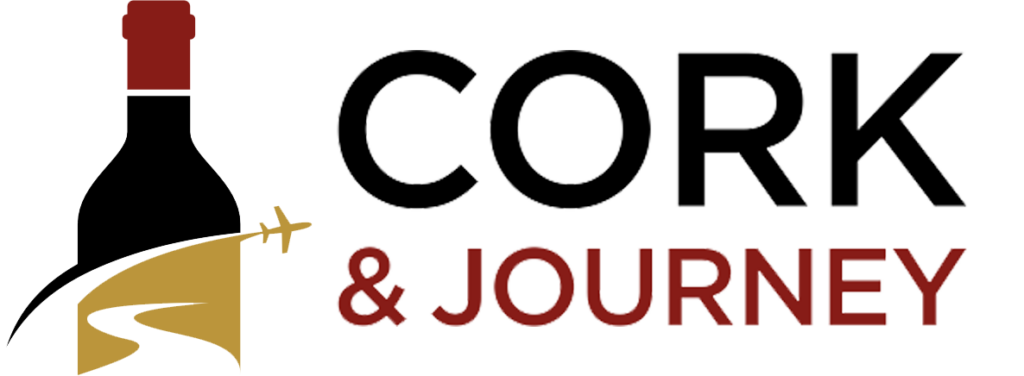Wine Bulletin – Michigan Wineries Beat Back the Bureaucrats: A Victory for the Little Guy
In Wine Bulletin, Joe Campbell reports on a Michigan court ruling that struck down unconstitutional zoning laws in Peninsula Township, marking a significant victory for a dozen small wineries fighting bureaucratic overreach. The decision not only reinforces the rights of local vintners but also highlights the power of grassroots legal action in supporting small‑town producers. From the Article:
On July 7, 2025, after an 11-day bench trial and more than a decade of petty harassment and arbitrary zoning rules, U.S. District Court Judge Paul Maloney delivered a message that echoed far beyond the cherry orchards and tasting rooms of northern Michigan.
Maloney ruled overwhelmingly in favor of a dozen small wineries, declaring that Peninsula Township’s zoning laws were unconstitutional, anti-competitive, and flat-out abusive. He awarded the wineries millions in damages.
Wine-Searcher – Napa’s Ag Preserve Law at Risk
In Wine‑Searcher, W. Blake Gray warns that Napa County’s longstanding agricultural preserve law—which mandates at least 75% local grape usage and restricts events and visitor activities—faces a high‑stakes legal challenge inspired by a recent Michigan court victory for small wineries. From the Article:
A group of 11 wineries on the Old Mission Peninsula won $50 million in damages by suing Peninsula Township over its restrictive zoning laws, many of which are very similar to Napa County’s. The wineries got this money even though the township, realizing it was not going to win the lawsuit, repealed its zoning laws in 2022.
Now the same law firm that represented the Michigan wineries is representing three Napa Valley wineries – Smith-Madrone Vineyards & Winery, Summit Lake Vineyards and Hoopes Vineyard – in a similar federal lawsuit against Napa County.
Seattle Met – Washington’s Wine Tasting Rooms Have a New Flavor
In Seattle Met, Sean P. Sullivan explores how Washington’s wine scene is evolving—highlighting new urban and off‑site tasting rooms in places like Ellensburg, Tacoma, and Cle Elum that bring the vineyard experience closer to consumers. He illustrates how direct-to-consumer models, with wine bars, events, and food pairings, are reshaping the industry far beyond traditional winery spaces. From the Article:
By law, wineries must sell to distributors, which then sell to retailers and restaurateurs. However, a wave of consolidation in the retail and distributor industries left mom-and-pop producers with far fewer places to peddle their wine. Washington’s 2011 liquor privatization initiative also gave big-box wineries and retailers an upper hand on the retail shelf over smaller businesses.
Enter DTC sales, where wineries don’t need to deal with distributors or retailers unless they want to. A 2017 Washington state law turbocharged the change, increasing the permitted number of off-site tasting rooms from two additional locations for each business to four. Winery satellites started springing up all over, including along the Interstate 5 corridor near Seattle. In other words, not just primarily in Walla Walla and Woodinville.
Decanter – Books: Taste the Limestone, Smell the Slate by Alex Maltman
In Decanter, reviewer David Crossley evaluates Alex Maltman’s new book Taste the Limestone, Smell the Slate, praising its clear-eyed dismantling of the myth that wine flavors reflect literal “minerality” and highlighting the author’s engaging metaphors and scientific expertise. Maltman—an emeritus professor and contributor to The World Atlas of Wine and Oxford Companion to Wine—offers a thought-provoking and accessible deep dive into how rocks may shape vineyard environments, even if their direct impact on taste remains largely metaphorical. From the Article:
Taste the Limestone, Smell the Slate is a reaction to the rise of ‘minerality,’ the pseudoscience thrown around in the wine world, tying geology to what ends up in our glass. This relatively recent phenomenon clearly irks Maltman, and at times his ire at the wine world’s naivete feels fierce – perhaps a little ranty. For – and warning, readers, a plot spoiler cometh – it’s mostly nonsense. You aren’t tasting Kimmeridgian chalk in your Chablis, flint in that fine Pouilly-Fumé, or clay (even that special blue clay) in your Pomerol. Yes, bedrock and soil influence viticulture in various ways, but it’s far less nuanced than you might suppose.
Lucas & Lewellen Vineyards in Solvang, CA
Lucas & Lewellen brings together deep farming roots, smart winemaking, and a welcoming tasting room in downtown Solvang. With a broad lineup of estate-grown wines and a standout red blend in Hidden Asset, this winery balances approachability with craftsmanship in all the right ways.

Blending five varieties across multiple vineyard sites in Santa Barbara County, the 2020 Hidden Asset takes a focused, structural approach to ripeness. Composed of Malbec, Merlot, Syrah, Petite Sirah, and a small portion of Cabernet Franc, this vintage leans into dark fruit and spice while maintaining composure through well-managed oak and firm tannins. At 14.5% ABV, it carries its weight with balance and clarity, offering a clear representation of the region’s warmer expressions.
Anthony’s Prime Steak & Seafood in Henderson, NV

The menu boasts an array of dry-aged and wet-aged prime cuts, flown-in daily fresh seafood, and innovative sides. With a 450-bottle wine selection, it’s no surprise that the restaurant has earned a Wine Spectator Award. And if you’re looking for a meal with a view, the outdoor patio offers stunning sights of the Las Vegas Strip.
Corkage Fee is $25 Per Bottle at All Restaurants in the M Resort

All things wine, and food you could ever need or want — straight to your email!